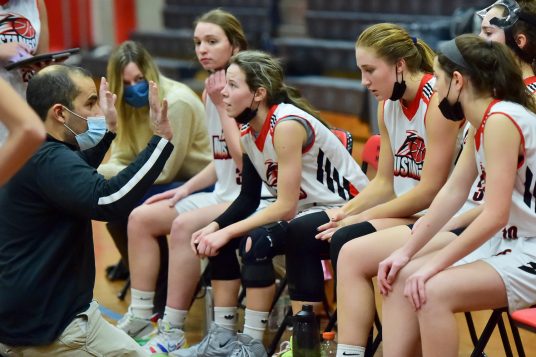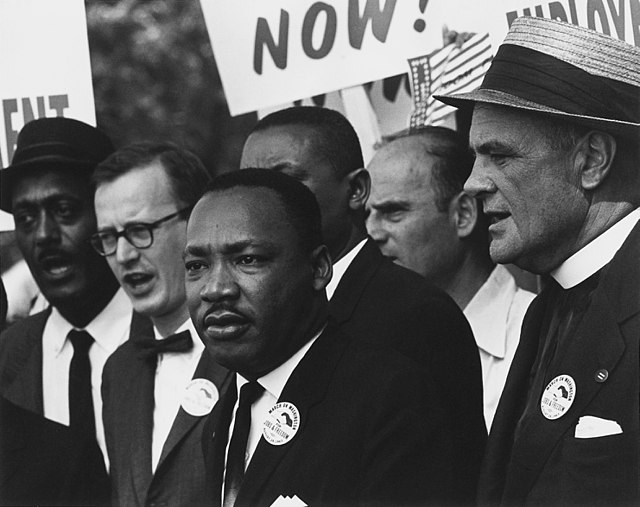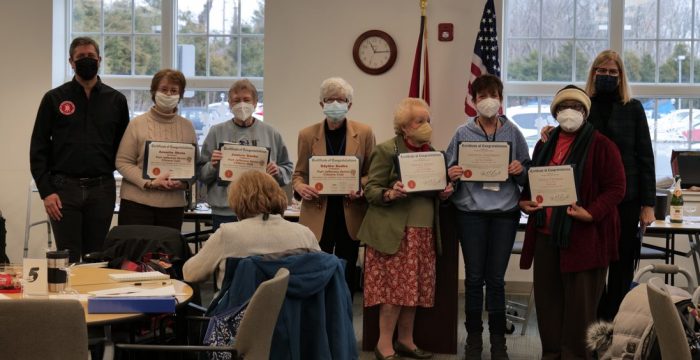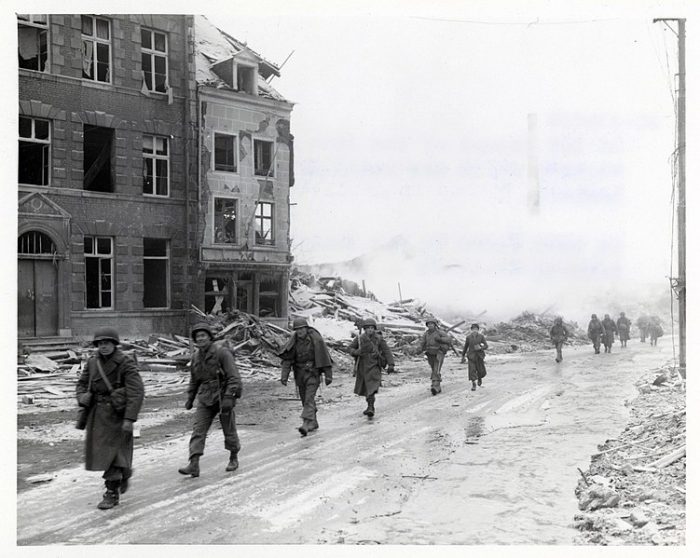1 of 23

Mt. Sinai forward Brielle Williams sets the play in a league VI home game against Glenn Jan 20. Photo by Bill Landon

Mt. Sinai forward Brielle Williams scores in a league VI home game against John Glenn Jan 20. Bill Landon photo

Mt. Sinai senior guard Casey Campo battles in the paint for the Mustangs in a league VI home game against Glenn Jan 20. Photo by Bill Landon

Mt. Sinai senior guard Casey Campo goes up for the score in a home game against John Glenn Jan 20. Photo by Bill Landon

Mt. Sinai senior guard Casey Campo looks for the rebound in a league VI home game against Glenn Jan 20. Photo by Bill Landon

Mt. Sinai senior guard Casey Campo drives the lane in a league VI home game against Glenn Jan 20. Photo by Bill Landon

Mt. Sinai senior guard Casey Campo drives the baseline in a league VI home game against Glenn Jan 20. Photo by Bill Landon

Mt. Sinai senior guard Casey Campo drives the baseline in a league VI home game against Glenn Jan 20. Photo by Bill Landon

Mt. Sinai senior guard Casey Campo goes up for the score in a home game against John Glenn Jan 20. Photo by Bill Landon

Mt. Sinai junior Daniella Sofia shoots in a league VI home game against John Glenn Jan 20. Bill Landon photo

Mt. Sinai junior Daniella Sofia shoots in a league VI home game against John Glenn Jan 20. Bill Landon photo

Mt. Sinai junior Daniella Sofia with a fade-away shot in a league VI home game against John Glenn Jan 20. Bill Landon photo

Mt. Sinai junior Daniella Sofia from the line in a league VI home game against John Glenn Jan 20. Bill Landon photo

Mt. Sinai senior guard Kylie Budke drives the baseline for the Mustangs in a league VI home game against Glenn Jan 20. Photo by Bill Landon

Mt. Sinai senior guard Kylie Budke lays up for two for the Mustangs in a league VI home game against Glenn Jan 20. Photo by Bill Landon

Mt. Sinai senior guard Kylie Budke lays up for two for the Mustangs in a league VI home game against John Glenn Jan 20. Photo by Bill Landon

Mt. Sinai senior guard Kylie Budke drives the baseline for the Mustangs in a league VI home game against Glenn Jan 20. Bill Landon photo

Mt. Sinai senior guard Kylie Budke lays up for two for the Mustangs in a league VI home game against Glenn Jan 20. Photo by Bill Landon

Mt. Sinai senior forward Lauren Jaklitsch scores in a league VI home game against Glenn Jan 20. Bill Landon photo

Mt. Sinai senior guard Margaret Dyroff goes up for the score in a league VI home game against Glenn Jan 20. Photo by Bill Landon

8th grader Mia Betancourt shoots for Mt. Sinai in a home game against John Glenn Jan 20. Bill Landon
The Lady Mustangs of Mount Sinai trailed from the opening tip-off and edged ahead by one, with less than a minute left in the first half.
John Glenn brought a potent three-point game that the Mustangs struggled to contain in the league VI matchup Jan 20.
Tied at 41 all with six minutes left in regulation, John Glenn drew several fouls and did their damage from the free throw line defeating the Mustangs 61-53 for their first loss of the season.
Mount Sinai senior Casey Campo topped the scoring charts with 24 points and Kyle Budke banked 18.
The loss drops the Mustangs to 6-1 in league to share the top spot with Shoreham Wading River with six games remaining before post season play begins.
— Photos by Bill Landon


































